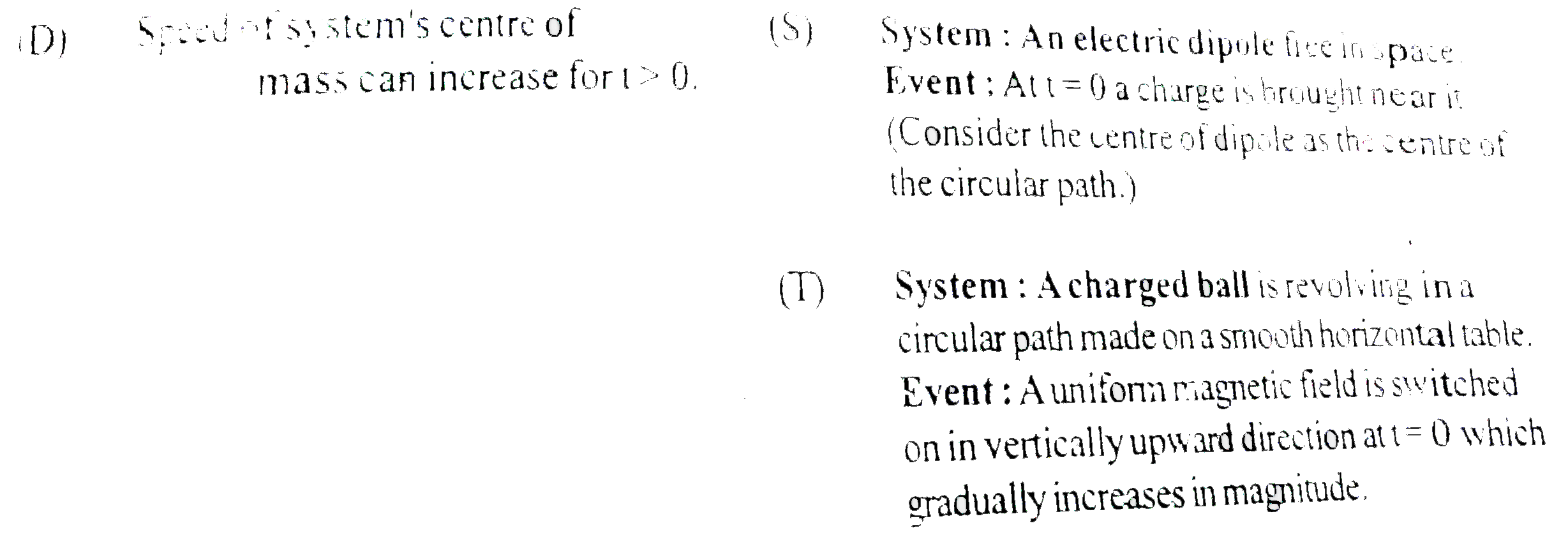Choose the correct match with respect to monocot embryo.
Coleoptile- Undifferentiated sheath like structure
Coleorhiza- Hollow foliar structure
Epiblast- Remains all second cotyledon
Scutellum- Part of embryonal axis
To solve the question regarding the correct match with respect to monocot embryo, we will analyze each option provided and determine which one is accurate.
1. Understanding Coleoptile:
- Coleoptile is described as an undifferentiated sheet-like structure. However, this is misleading. Coleoptile is actually a differentiated structure that protects the shoot as it emerges from the soil. Therefore, this description is incorrect.
2. Understanding Coleorhiza:
- Coleorhiza is mentioned as a hollow foliar structure. This is also a differentiated structure that serves to protect the root as it grows. Thus, this description is correct, but it doesn't match with the term "hollow foliar structure" as it is more of a protective sheath.
3. Understanding Epiblast:
- The epiblast is described as the remains of the second cotyledon. This is indeed correct. In monocots, the epiblast is the outermost layer of the embryo and represents the remnant of the second cotyledon. Therefore, this is a correct match.
4. Understanding Scutellum:
- The scutellum is said to be a part of the embryonal axis. However, the scutellum primarily serves as a nutrient storage tissue for the developing embryo, rather than being a part of the embryonal axis itself. Thus, this description is misleading.
5. Conclusion:
- After analyzing all the options, the correct match with respect to monocot embryo is Epiblast, as it accurately describes the outermost embryonic layer and its relation to the second cotyledon.
Final Answer:
The correct match with respect to monocot embryo is Epiblast.
---
- Coleoptile is described as an undifferentiated sheet-like structure. However, this is misleading. Coleoptile is actually a differentiated structure that protects the shoot as it emerges from the soil. Therefore, this description is incorrect.
- Coleorhiza is mentioned as a hollow foliar structure. This is also a differentiated structure that serves to protect the root as it grows. Thus, this description is correct, but it doesn't match with the term "hollow foliar structure" as it is more of a protective sheath.
- The epiblast is described as the remains of the second cotyledon. This is indeed correct. In monocots, the epiblast is the outermost layer of the embryo and represents the remnant of the second cotyledon. Therefore, this is a correct match.
- The scutellum is said to be a part of the embryonal axis. However, the scutellum primarily serves as a nutrient storage tissue for the developing embryo, rather than being a part of the embryonal axis itself. Thus, this description is misleading.
- After analyzing all the options, the correct match with respect to monocot embryo is Epiblast, as it accurately describes the outermost embryonic layer and its relation to the second cotyledon.
The correct match with respect to monocot embryo is Epiblast.
Topper's Solved these Questions
Similar Questions
Knowledge Check
Choose the correct match pair.
AOpisthocoelus - Lower amphibians and most fishesBHeterocoelus - MammalsCAmphiplotyon - BirdsDAmphicoelus - Frog vertebraeChoose the correct match/matches
A18 ml of H2O at 4∘C−NA molecule of H2OB11.2 L of CO2 at - NA2 molecule of CO2273∘C and 1 atmC56 g of Fe57−NA atomD5.6 L of CH4 at STP - 4 g weightIn monocot embryo,
Ascutellum is absentBtwo cotyledons foundCsuspensor cell is 6-10 layerDsuspensor is single-celled
Read the following statements. Choose the correct statements regarding monocot embryo.
I. The envelope of plumule is called coleoptile
II. Coleorghiza is protective sheath of radicle.
III. Suspensor is large.
IV. Cotyledons occur laterally
Codes
View SolutionColeoptile and coleorhize in monocot embryo :
View SolutionChoose the correct combination of labelling of stomatal apparatus of dicot and monocot leaves

View SolutionThe single large and shield shaped cotyledon of an monocot embryo is called
View SolutionMatch correctly the following and choose the correct option.

The correct matches is:
View Solution


